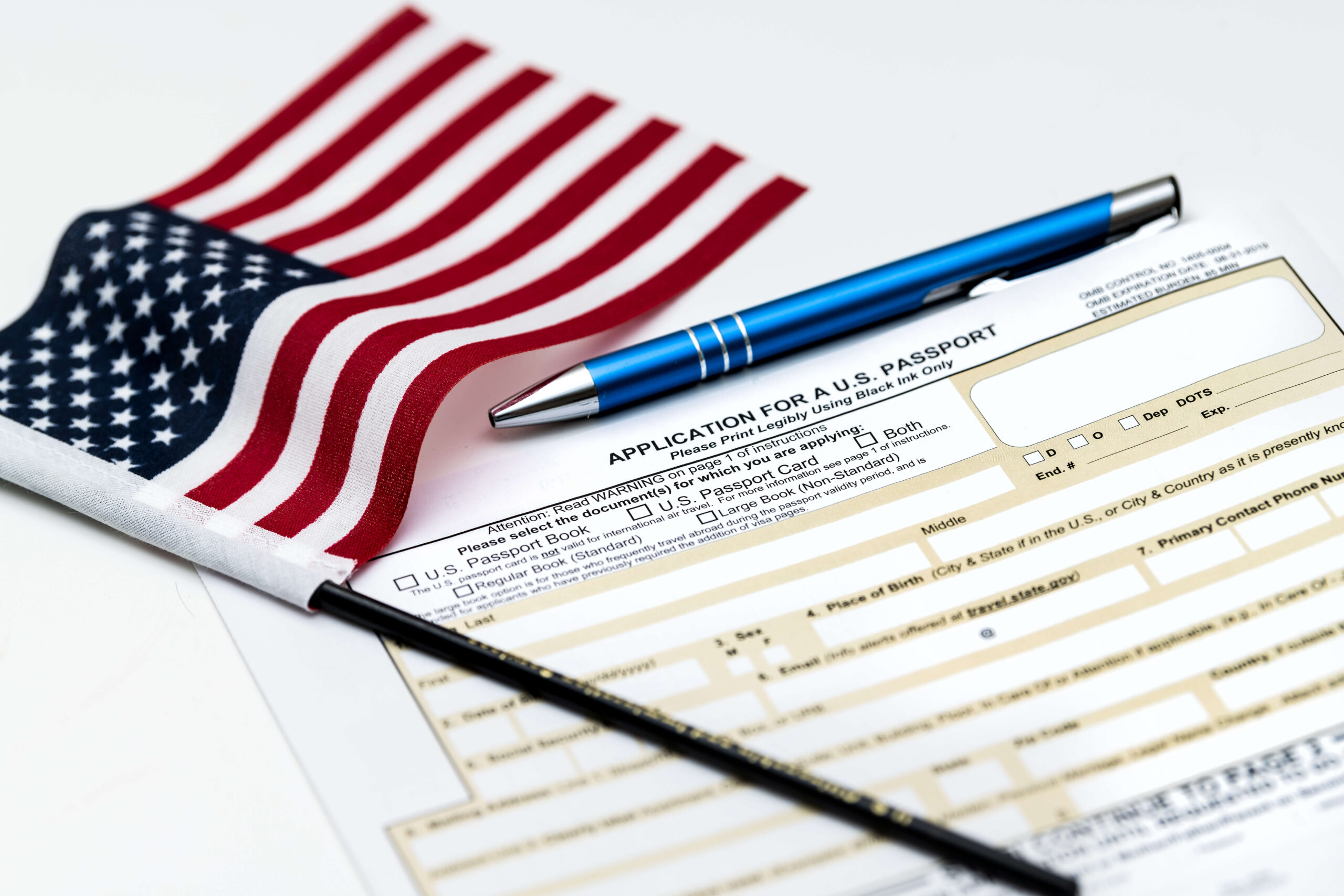On February 1, 2021, the U.S. Department of Labor (DOL) formally proposed delaying the implementation of its final rule, entitled “Strengthening Wage Protections for the Temporary and Permanent Employment of Certain Aliens in the United States.” This rule was scheduled to go into effect on March 15, 2021. The rule, which was published during the last days of the Trump administration, was an updated version of the rule originally published as an interim final rule on October 8, 2020. The rule revises how the existing four-tiered wage structure of the Occupational Employment Statistics (OES) wage survey is calculated for purposes of determining prevailing wages. The updated wage structure would impact H-1B, H-1B1, and E-3 temporary work visas, as well as the permanent labor certification program (PERM) that supports many employer-based green card applications.
Background
An employer seeking to sponsor a foreign worker in H-1B, H-1B1, or E-3 visa status, or for a green card that requires PERM labor certification, must commit to paying the sponsored foreign worker at a rate at least equivalent to the prevailing wage for the specific occupation, level, and metropolitan statistical area in which the worker will be employed. As part of the H-1B, H-1B1, and E-3 visa process, an employer must obtain a certified labor condition application (LCA) from the DOL. The LCA must contain the employer’s attestation that it will pay the sponsored foreign national the higher of either the actual wage level paid to all other similarly situated employees, or “the prevailing wage level for the occupational classification in the area of intended employment.” Likewise, an employer sponsoring a foreign worker for a green card that requires a PERM labor certification application is required to obtain a prevailing wage determination (PWD) for the job opportunity from the DOL’s Office of Foreign Labor Certification. Although the DOL’s new rule does not foreclose employers from using acceptable alternative wage surveys as a basis for LCA and PWD wage calculations, the new rule does substantially increase prevailing wages in all four wage levels of the OES survey.
Next Steps
The DOL’s proposal would delay implementation of the final rule for 60 days, from March 15, 2021, to May 14, 2021. The DOL expects that this proposed delay “will allow agency officials the opportunity to review any questions of fact, law, or policy the rule may raise,” and to better assess and understand industry comments regarding the rule. At present, the delayed implementation will not affect the planned July 1, 2021, implementation date for the new rule. The delay is also consistent with the Biden administration’s January 20, 2021, memorandum outlining a “regulatory freeze” on several proposed and final rules published in the final days of the Trump administration, which have not yet taken effect, so that the impacted agencies can revisit any questions of fact, law, or policy for consistency with the new administration’s goals and agenda.
Ogletree Deakins’ Immigration Practice Group will continue to monitor developments with respect to these and other policy changes and will post updates on the firm’s Immigration blog as additional information becomes available. Important information for employers is also available via the firm’s webinar and podcast programs.





